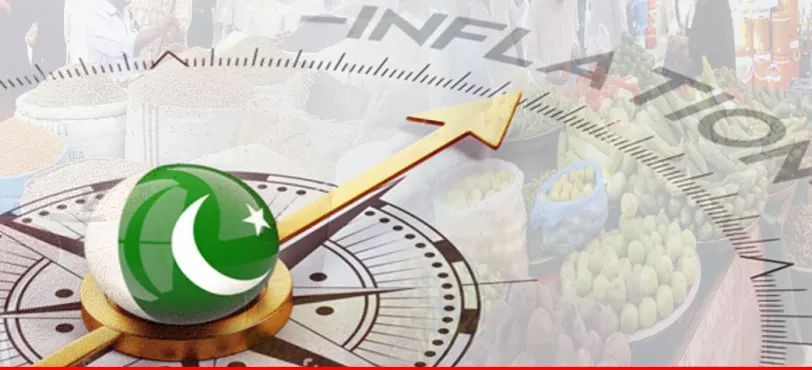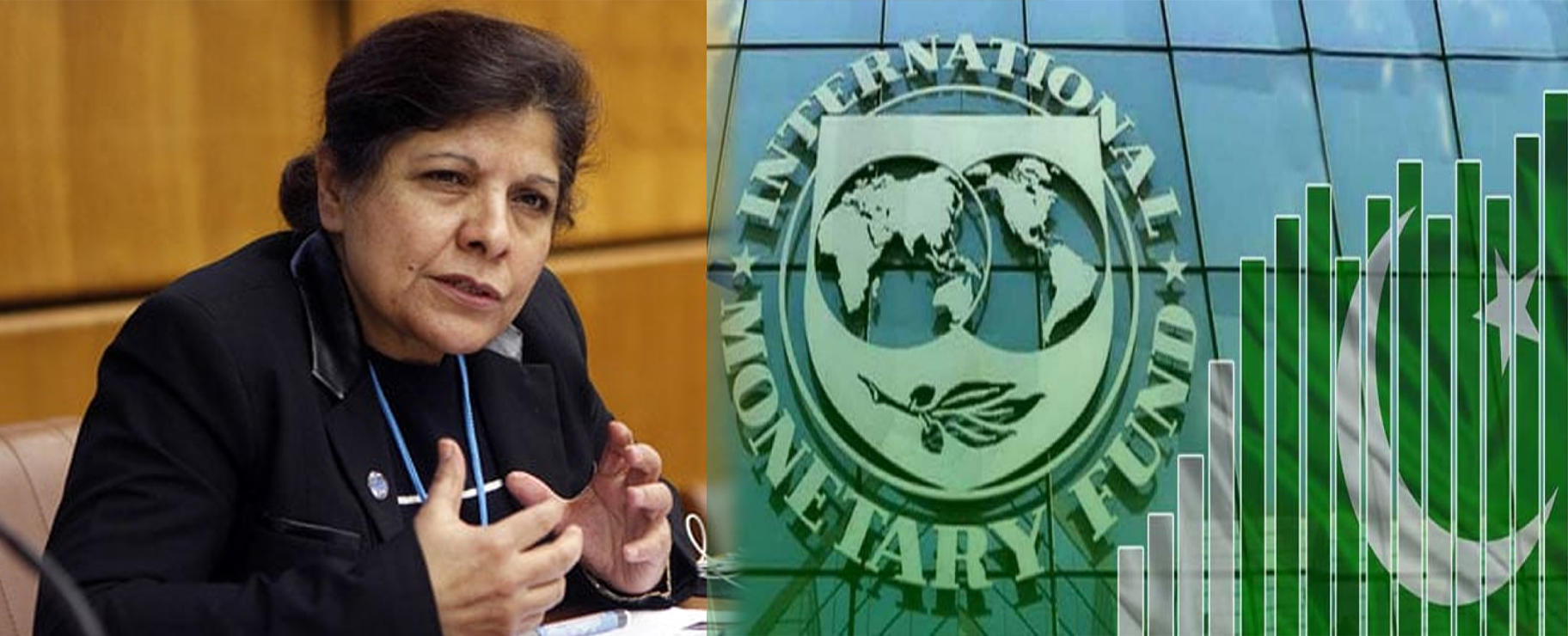PTBP Web Desk
Market experts in Pakistan are forecasting a significant decline in the Consumer Price Index (CPI)-based inflation for January 2025, potentially falling below 3%, which would mark one of the lowest inflation rates in nearly a decade. This projection comes amidst a consistent downward trend in inflation rates throughout 2024, providing a hopeful outlook for economic stability and consumer purchasing power.
JS Global, in its recent report issued on Wednesday, highlighted the ongoing sharp disinflation trend. They predict that the CPI for January 2025 could reach as low as 2.8%, the lowest since November 2015. This decrease is attributed to a high base effect, although there was a modest 0.6% month-on-month (MoM) increase. If this forecast holds, the average inflation for the first seven months of the fiscal year 2025 (7MFY25) would be 6.7%, a substantial reduction from the 28.7% average for the same period in the previous fiscal year (7MFY24).
Echoing this sentiment, another brokerage firm, Ismail Iqbal Securities Limited, has also projected inflation for January 2025 at around 2.9%. They noted this would be a sharp decline from the 28.3% recorded in January of the previous year, indicating a significant easing in price pressures across the economy.
The latest data from the Pakistan Bureau of Statistics (PBS) supports these projections, with December 2024’s headline inflation at 4.1% year-on-year, down from 4.9% in November 2024. This consistent decline in inflation has sparked discussions among analysts about potential adjustments to monetary policy.
Both JS Global and Ismail Iqbal Securities Limited suggest that the current inflation environment is ripe for further monetary easing. JS Global anticipates that the Monetary Policy Committee (MPC) of the State Bank of Pakistan (SBP) might opt for a smaller cut this month, recommending a reduction of 100 basis points (bps), after a series of larger cuts totaling 900 bps since June. This cautious approach is aimed at maintaining economic stability while encouraging growth.
Ismail Iqbal Securities also foresees a 100 bps cut in the upcoming policy meeting, advocating for a cautious pause or minor adjustments thereafter to closely monitor inflation trends. They warn, however, that as the base effect diminishes, inflationary pressures might reemerge starting in May 2025, potentially pushing headline inflation upward.
The MPC’s decision last month to slash the policy rate by 200 bps to 13% reflects this ongoing strategy to curb inflation while fostering economic growth. This decision was part of a series of five consecutive rate cuts, showcasing a proactive approach to manage economic indicators amidst global and domestic uncertainties.
The implications of these projections are profound. A continued decrease in inflation could lead to lower borrowing costs, stimulate investment, and increase consumer spending, thereby propelling economic recovery. However, maintaining this balance will require vigilant monitoring by the SBP to ensure that inflation does not swing back into higher territory, which could undermine recent gains in economic stability.
As Pakistan navigates through these economic adjustments, the focus will be on sustaining this disinflation trend while preparing for potential challenges that might arise as the base effect wanes. The government and financial analysts will keep a close watch on economic indicators to adapt policies that support sustainable growth and inflation control.




